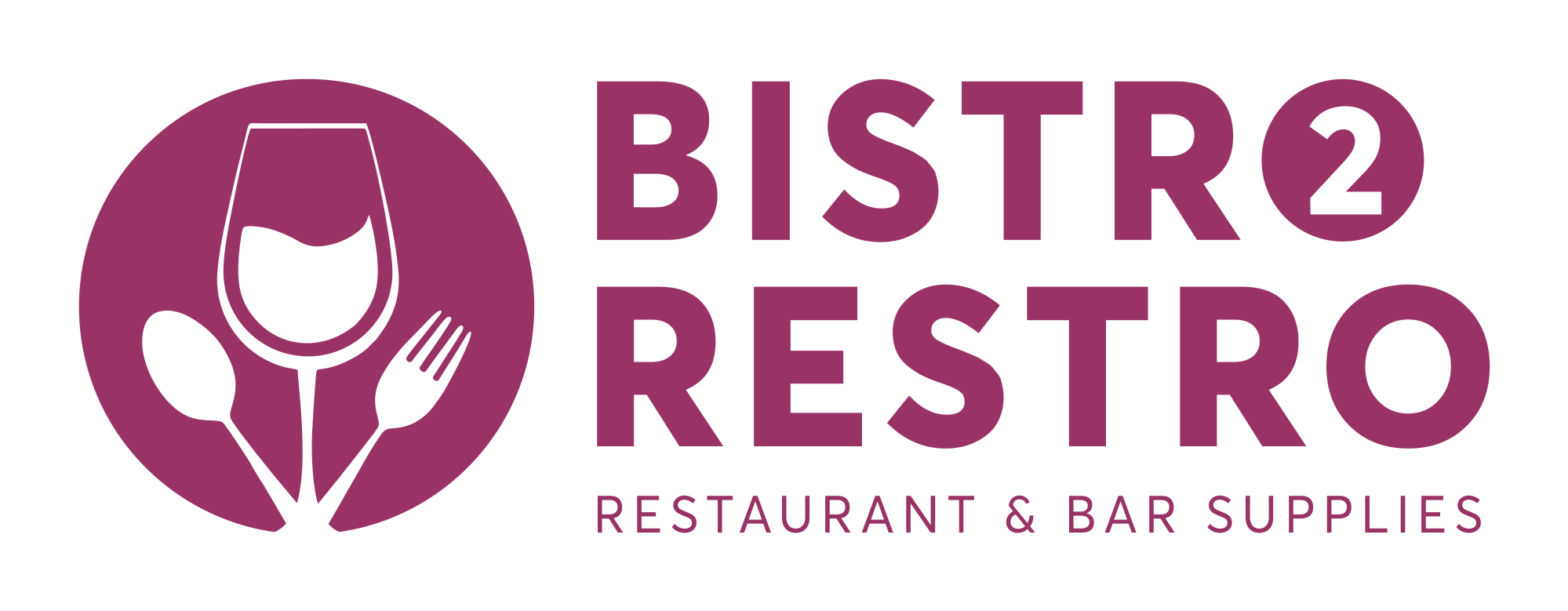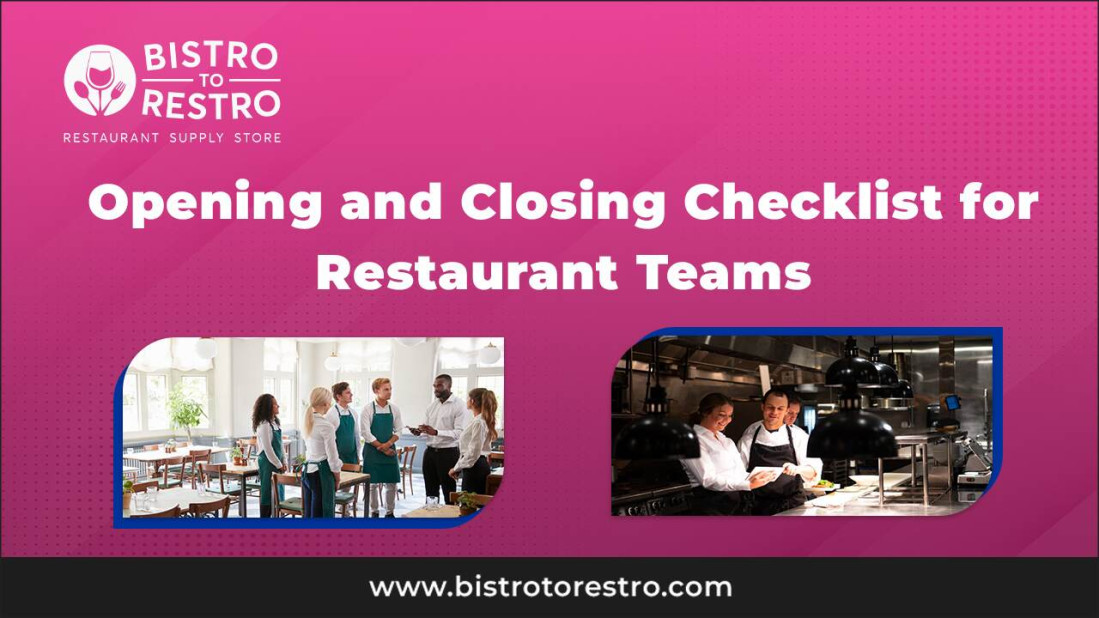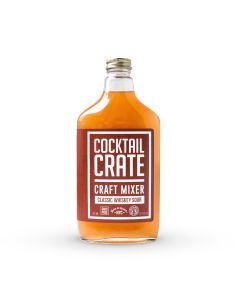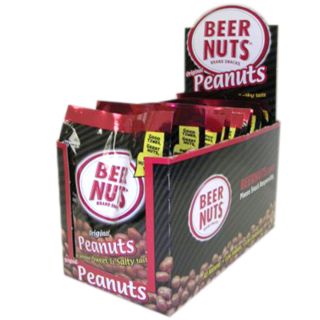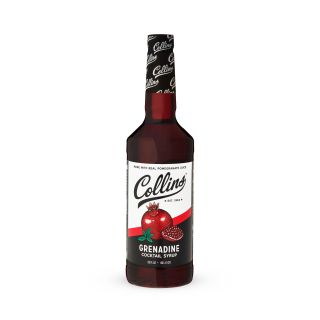Running a restaurant involves much more than serving delicious meals and creating a memorable ambiance. To ensure a smooth operation, restaurant teams rely on a comprehensive opening and closing checklist to handle every detail. This guide provides a complete, step-by-step approach, with specific checklists to streamline both opening and closing duties. Here’s a detailed look at how your restaurant team can perfect each part of the day, from morning prep to bar close time.
The Importance of a Comprehensive Checklist for Restaurant Teams
A structured opening and closing checklist is essential for restaurant teams, helping staff coordinate their efforts and ensuring no task is left undone. A well-defined checklist promotes:
Consistency: Provides the same level of service every day, regardless of which staff members are on shift.
Accountability: Clearly assigns responsibilities, so staff knows their specific roles.
Efficiency: Saves time by laying out tasks in a logical order.
Customer Satisfaction: A well-prepared team is better equipped to deliver an outstanding guest experience.
By organizing duties into a standardized list, managers can maintain quality control while also making day-to-day tasks more manageable for everyone on the team. At Bistrotorestro, we understand the importance of a smooth opening and closing checklist for restaurant teams. Our extensive range of drinkware, including shot glasses, cocktail glasses, and wine glasses, ensures you have the perfect products for every occasion. Enhance your service with essential accessories like bar mats, cocktail shakers, and drink stirrers, making every shift efficient and enjoyable. Trust Bistrotorestro to provide the quality supplies that elevate your dining experience.
Pre-Opening Preparations: Setting the Stage for Success
Preparation is key before guests walk in the door. Pre-opening preparations ensure your restaurant is ready for service by the time it officially opens. Here are some areas to address in pre-opening:
Cleanliness Check: Start by confirming the dining area, kitchen, bathrooms, and storage rooms are spotless. Clean all surfaces, check for spills, and make sure floors are clear.
Supplies Stocked: Ensure all stations are fully stocked with essential supplies like napkins, straws, condiments, and clean utensils.
Menu Items Verified: Cross-check inventory to ensure all menu items are available. Communicate with the kitchen team if any items are running low.
Bar Setup Checklist: Use a bar setup checklist to verify that all required beverages, garnishes, glassware, and tools are on hand.
Equipment Check: Turn on kitchen and bar equipment, ensuring all machines (e.g., ovens, dishwashers, espresso machines) are operational.
Staff Briefing: Conduct a quick meeting to discuss the day's objectives, special menu items, and assigned roles.
With these steps completed, your restaurant will be well-prepared for the busy day ahead.
The Ultimate Opening Checklist for Restaurant Teams
A structured opening checklist ensures that all key areas are ready for guests. Here's a thorough opening checklist for restaurant teams to follow:
Dining Area: Set up tables, chairs, and décor. Verify cleanliness, replace any missing items, and reset tables.
Kitchen Prep: Make sure that all cooking stations are stocked with ingredients, tools, and cleaning supplies.
Bar Opening Duties Checklist: Follow the bar opening checklist to ensure the bar is fully stocked and clean. Include items like checking garnish trays, testing pour spouts, and counting cash in the register.
Lighting and Ambiance: Set the correct lighting, adjust music, and create a welcoming atmosphere.
Safety Checks: Inspect all safety equipment, such as fire extinguishers and first-aid kits.
Menu Availability Check: Confirm with the kitchen staff that all menu items are available, and make any adjustments if necessary.
POS System: Make sure the POS system is functional and updated.
By sticking to this bar opening and closing checklist, restaurant teams can ensure all areas are ready for the day’s operations.
Checkout: The Ultimate Guide to Essential Liquor Accessories and Barware Sets
Staff Roles and Responsibilities During Opening
Each team member has unique responsibilities during opening. Clearly defined roles ensure smooth collaboration and efficiency.
Bartenders: Complete the bartender duties checklist, ensuring the bar is stocked and all ingredients are prepped.
Servers: Set up dining areas, prepare utensils, and review the day’s menu items to answer any guest questions.
Kitchen Staff: Organize ingredients, review recipes, and test equipment functionality.
Manager: Oversee the entire opening process, support team members as needed, and complete an initial walk-through inspection.
Defining roles helps the restaurant team to work efficiently and with minimal confusion, setting a positive tone for the day.
The Ultimate Closing Checklist for Restaurant Teams
Closing is just as critical as opening. Thisclosing procedures checklist covers everything from cleaning to securing the premises.
Dining Area: Clear all tables, clean surfaces, and arrange chairs. Check for left-behind items, and sanitize where necessary.
Kitchen Cleaning: Sanitize cooking stations, clear out expired items, clean kitchen equipment, and dispose of waste.
Bar Closing Procedures Checklist: Follow the bar cleaning checklist to ensure the bar is clean, stocked, and ready for the next day. Include steps like washing glasses, restocking garnishes, and cleaning bar mats.
Inventory Check: Use a bar stock control printable liquor inventory sheet to track inventory and note any items that need restocking.
POS Shutdown: Close out cash registers, print end-of-day reports, and secure cash in the safe.
Lighting and Security: Turn off unnecessary lights and lock doors.
Adhering to this bar opening and closing checklist template ensures that nothing is missed, helping teams leave the premises ready for the next shift.
Shutting Down the Bar: End-of-Day Cleaning
Closing a bar involves more than turning off the lights. Here’s a detailed bar cleaning checklist to keep everything in top shape:
Clean Glassware: Wash all glasses and store them properly.
Sanitize Surfaces: Wipe down the bar, counters, and any shared areas.
Restock Supplies: Prepare garnishes, ice, and other essentials to ensure everything is ready for the next shift.
Dispose of Waste: Empty trash cans, clean any spills, and dispose of empty bottles.
Check Equipment: Turn off and clean all bar equipment, such as blenders, fridges, and coffee machines.
Bar Maintenance Checklist: Inspect equipment for any repairs or maintenance needs, ensuring everything is in good working condition.
A complete bar close time routine guarantees the bar is well-maintained, clean, and ready for the next night shift bar team.
Post-Closing Debrief: Reflecting and Improving
Once the restaurant is closed, a quick post-shift debrief allows the team to reflect on the day, address any issues, and prepare for improvements:
Review Performance: Discuss what went well and what could be improved.
Address Concerns: Allow staff to voice any issues they encounter.
Plan for Tomorrow: Note any inventory needs, staffing changes, or other adjustments.
Regular debriefs provide valuable insights that can be applied to enhance both individual and team performance.
Conclusion: Streamlining Operations with a Checklist for Restaurant Teams
An organized checklist system significantly improves restaurant operations, ensuring every task is accounted for and every shift runs smoothly. By consistently following the bar opening and closing checklist, restaurant teams can minimize stress, improve efficiency, and ensure a pleasant guest experience. Implementing this approach is a small investment of time and effort that pays off in the form of smoother, more efficient operations every day.
FAQs
How can technology enhance the opening and closing checklist for restaurant teams?
Technology like checklist apps and bar opening and closing checklist Excel templates allows restaurant managers to streamline checklists, track task completion in real-time, and make updates easily. Digital solutions also offer the convenience of remote monitoring and automated reminders, which are especially beneficial during busy shifts.
What are the common challenges faced by restaurant teams when following checklists?
Challenges include time constraints, incomplete or unclear checklists, and varying staff adherence to procedures. Customizable checklists that cater to specific needs and regular staff training can address these issues effectively.
How often should the opening and closing checklists be updated?
Updating checklists monthly or quarterly helps keep tasks relevant and addresses any changes in operations. Restaurant needs can vary, so it's best to adjust as needed.
